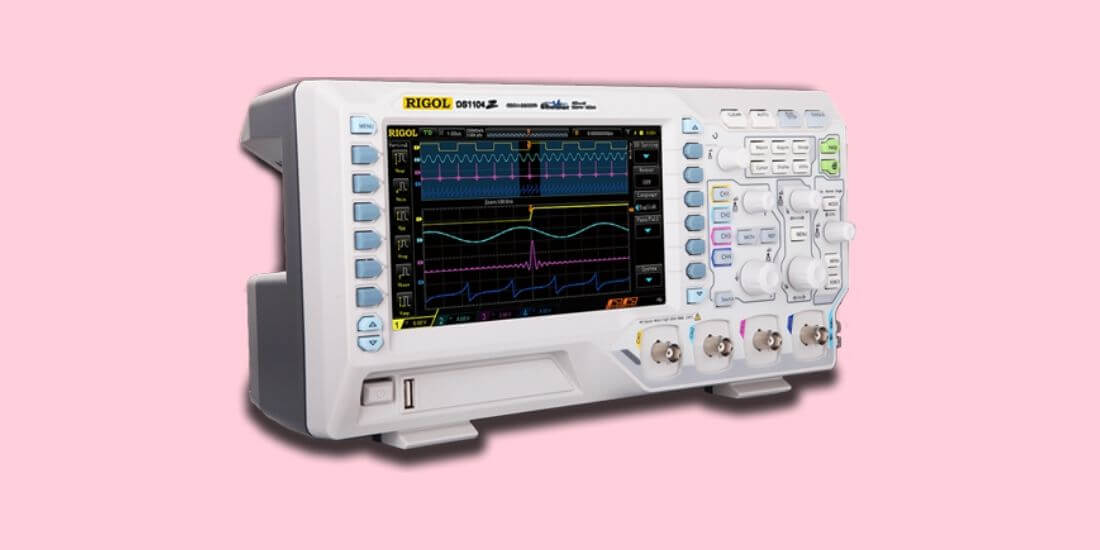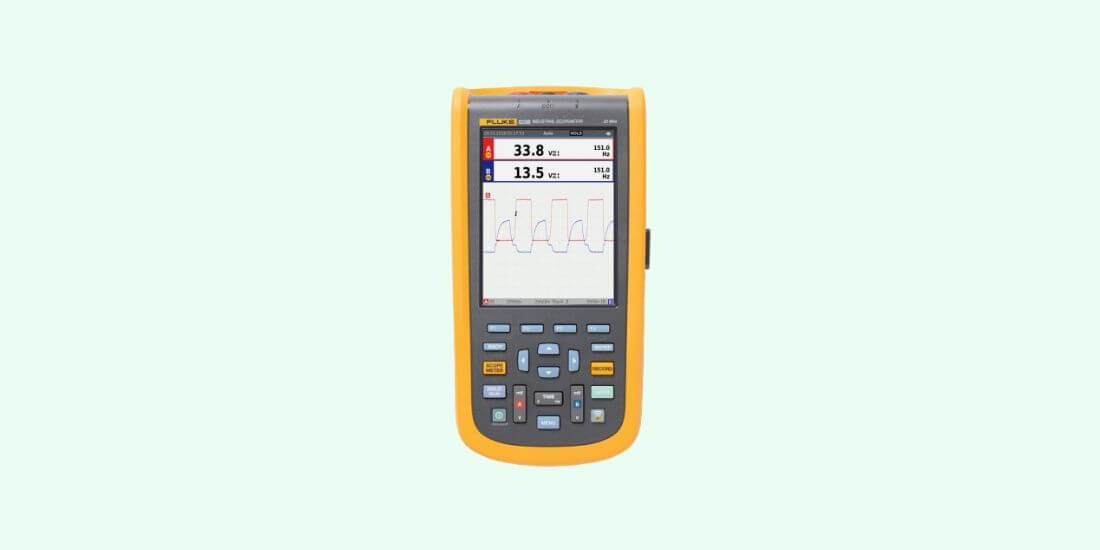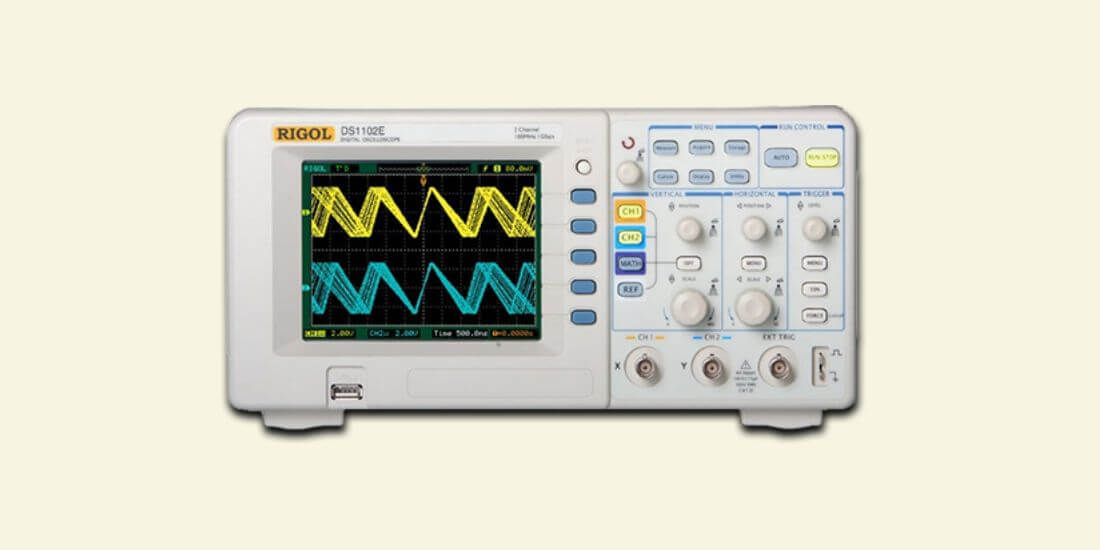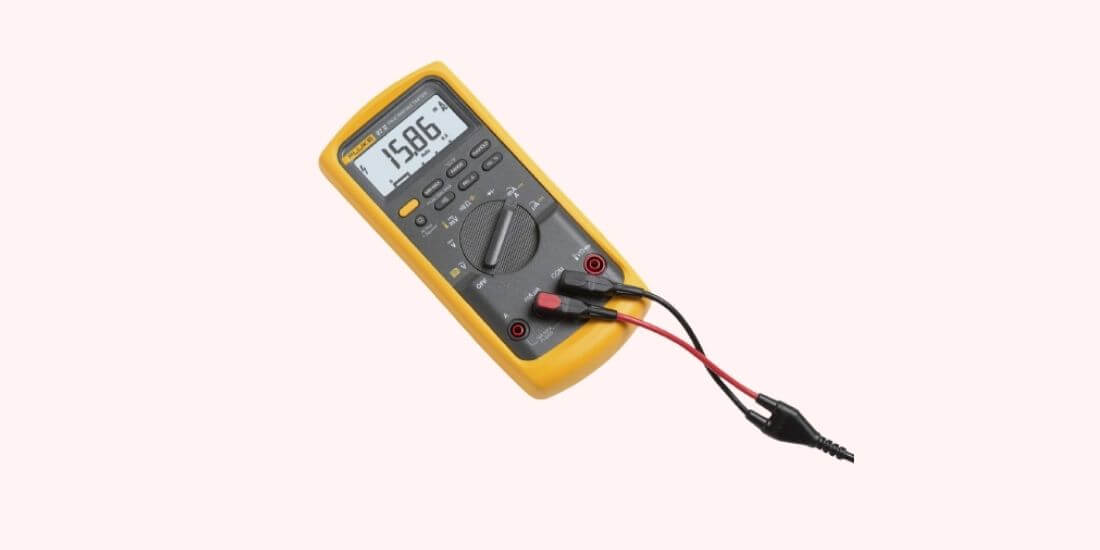Yes, You can use a microscope slide more than once. However, you must clean the slides well before reuse to get accurate images on your microscope.
Unless the slide has been scratched, cracked, or damaged by permanent ink, it can work as well as new. Cleaning gets rid of lint, dust, or hair that may be visible under a microscope.
How to Clean a Slide After Use
The method you use to clean a slide depends on the samples prepared for view under the microscope.
Slides with hazardous biowaste should not be reused due to the risk of contamination and injury to the user. However, any other slides can be easily cleaned without posing any danger.
When preparing slides, the samples are placed on the slide and covered with thin pieces of glass called coverslips. When preparing the slide for reuse, you have to clean both the slide and the coverslip.
Start by sliding the coverslip off the slide by pulling the sides and setting it aside. Then, hold the slide over a sink and clean it with a 70% ethanol solution.
Alcohol solutions not only clean biowaste and sanitize the slide, but they also do not leave droplets as water does. This makes it easier to dry your slide after cleaning.
However, you can also wash your slides using soapy water and rinse them off with distilled water or a 70% alcohol solution.
This solution is ideal when cleaning a large number of slides at once. Follow all the other steps indicated below.
Use the solution to clean the coverslip. When both are clean, use a lens tissue or lint-free tissue to wipe them dry.
Conventional fabrics and materials will leave lint on the slide, which will show up on the microscope when you put in your next sample.
Things to Keep in Mind When Cleaning a Slide
Slides should be free of dust, lint, and fingerprints as they will all affect the quality of the image you see under the microscope.
Therefore, avoid touching the slides after wiping them dry. Hold the slides on the sides and place them on a lint-free tissue for reuse.
Glass sides have sharp edges that can injure you if you do not handle them with care. Do not press the sides too hard or handle the slides at the corners. Pick one slide at a time for your safety and to avoid breaking a slide.
Third, if you do not intend to use the cleaned slides as soon as possible, consider covering them entirely with a lens cloth or lint-free tissue to keep away dust and moisture particles in the air.
Do not be tempted to wipe slides with your clothing before using them for the same reason.
It is also good to visually inspect the slide when cleaning it to ensure it is clean and free of scratches, cracks, or permanent colors. Throw away any slide that has any of these three, as they will appear under the microscope.
Loading a Slide After Cleaning
When loading a slide after cleaning, be sure to follow the general steps to ensure available samples and avoid other foreign bodies.
You should not smear the sample on the surface or let your dropper touch the slide. The chances are that a smear will distort your sample while the dropper may introduce bubbles or dirt.
When putting the coverslip on, you should also be careful to avoid smudging the sample or trapping air bubbles between the two glass slides. Place the coverslip gently on top, and do not place the two together.
Conclusion
You can indeed reuse slides that you used before or those that have expired. However, slides that are scratched, have permanent ink, or are cracked cannot be reused.
You should also avoid cleaning slides with hazardous biowaste such as infected human blood, as you risk contamination.
Consider using a 70% alcohol solution when cleaning slides. However, if that is not available, use soap and water before rinsing them with distilled water. Always wipe clean slides with lint-free clothing or tissue.
Other things to keep in mind when reusing slides include the following:
Tip 1: Handle the slides with care to prevent injury or breaking them
Tip 2: Hold the slides from the sides to avoid putting fingerprints or foreign objects on the surface
Tip 3: Store the slides covered to keep away dust and moisture
Tip 4: Avoid wiping the slides with your clothing
Tip 5: Visually inspect the slides to ensure they are clean and free of scratches.
Finally, ensure that you do not smudge them on the surface or touch the slide with any foreign material when loading samples.
You should also place the coverslip from the top to avoid trapping air between the glass materials. Reuse the slides as many times as you can sufficiently clean them.
-
This is a public or personal two-way radio service affected by various factors that can…
-
Yes, the image of the object is inverted in the microscope. In the world of…
-
Oscilloscopes like the SDS1102CML model offered by Siglent Technologies quickly became the preferred choice for…
-
Digital oscilloscopes are useful instruments for many people. Naturally, if you’re looking to buy one,…
-
Oscilloscopes have become an integral part of all sorts of industries, from the telecommunication and…
-
Are you looking to find out which one is the better pick between the Rigol…
-
If you’re looking for incredible oscilloscopes worth every bit of money invested, you’ll most likely…
-
Unless you are a technician who needs to alternate between True RMS and automotive meters,…








